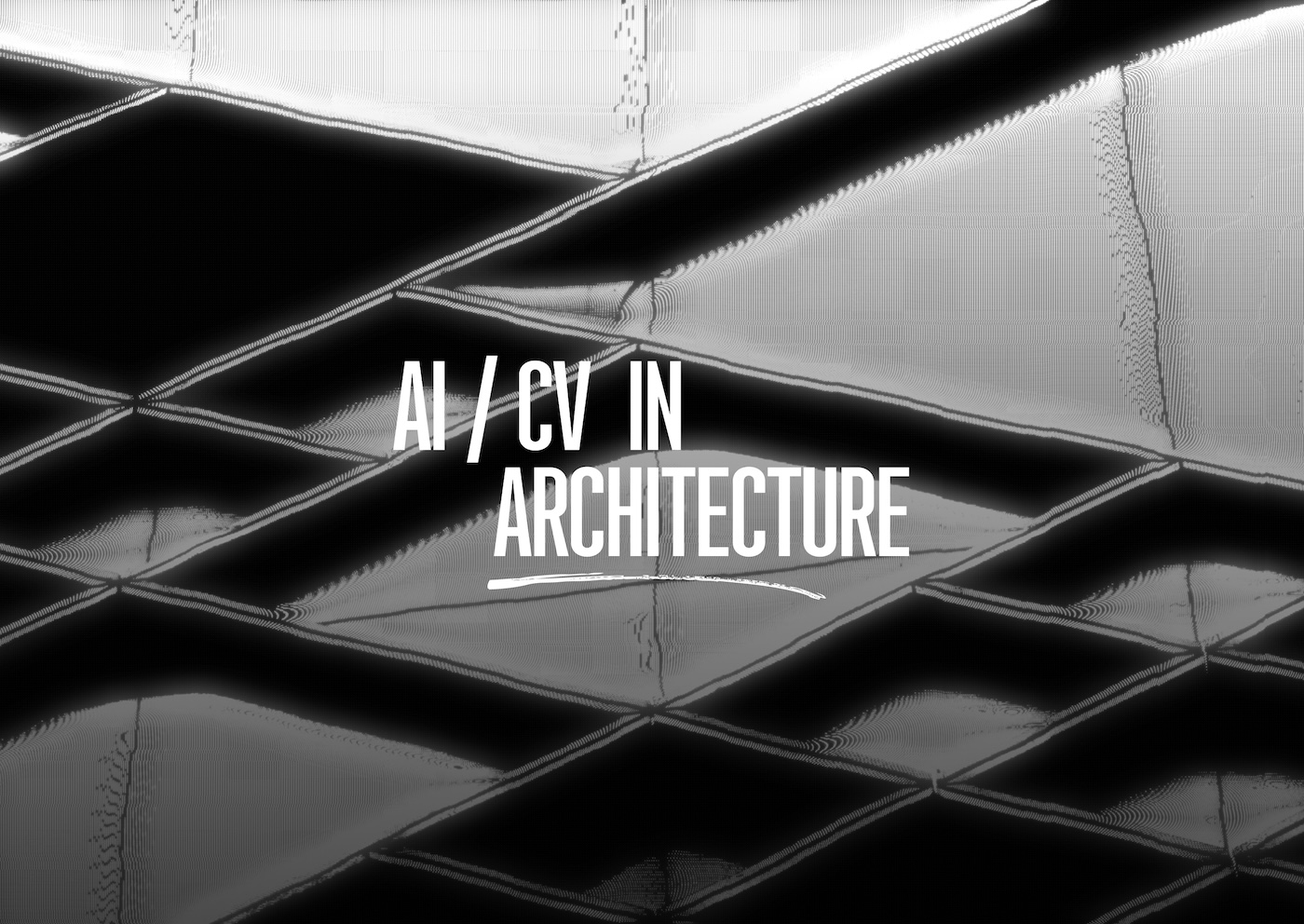

The retail industry is undergoing significant changes. Thanks to artificial intelligence (AI) and computer vision we are experiencing the rise of cashier-less stores that promise to revolutionize the shopping experience. In this article, we look at how these advanced technologies are being used to create a cashier-less, efficient, and enhanced retail experience.
Computer vision gives computers the ability to interpret and understand visual data in a human-like manner. It allows machines to process and analyze images and videos, giving meaning to the visual information obtained.
In the retail industry, it's used to automate various critical processes such as inventory management, allowing real-time tracking and updating of stock levels. In addition, computer vision plays an important role in analyzing customer behavior in stores, helping retailers gain deep insights into foot traffic patterns, shopper preferences, and other valuable data. This data-driven approach allows retailers to optimize store layouts, improve product placement, and refine marketing strategies, ultimately providing shoppers with a seamless and personalized shopping experience.
Here's a look at some of the most popular applications of Computer Vision in the retail sector.

Retail heat maps leverage real-time imaging and computer vision to detect and analyze customer movements within a retail environment. By highlighting colors that correspond to the intensity of movement in different areas of the sales floor, heat maps allow retailers to gain invaluable insights into shopper behavior.
Retailers can use this data to optimize store layouts, experiment with merchandising strategies, and enhance the overall shopping experience. The visual representation of customer traffic, especially high-traffic areas, and activity allows retailers to make informed decisions to maximize the efficiency and effectiveness of their retail spaces. It leads to improved customer satisfaction and increased sales, as well as reduces the need for large numbers of staff.

Cashier-less stores are rapidly gaining popularity in the retail industry through the innovative use of computer vision and deep learning technologies. These stores are revolutionizing the traditional checkout process by allowing customers to shop and pay without cashiers.
Computer vision systems equipped with high-resolution cameras accurately track shoppers' movements, product selection, and quantities in real-time. Also, it identifies and categorizes items, ensuring transactions are seamless and secure. This approach not only eliminates checkout lines by reducing customer wait times but also improves the overall shopping experience by providing a convenient shopping experience.
One prime example of this is Amazon Go, which uses computer vision along with sensor fusion and deep learning algorithms to create a 'Just Walk Out' shopping experience. Other retailers are also adopting similar technologies, upgrading existing stores with overhead cameras to automate checkout operations.

AI-powered retail analysis solutions help capture and interpret in-store traffic patterns and customer behavior data. These sophisticated systems use computer vision, machine learning, and data analytics to monitor customer movements, identify high-traffic areas, and track the effectiveness of in-store promotions.
Computer vision can accurately count the number of shoppers in stores and study their overall behavior. Retailers can track the movement of shoppers through the store, calculate the total time spent with each item, and ensure that all standard protocols are followed in the store.
By analyzing this data, retailers can gain valuable insights into which promotions resonate with shoppers and which ones fall short of expectations. This data-driven approach allows retailers to tailor their marketing strategies with precision, optimizing promotions, product placement, and store layout to match customer preferences and ultimately increase sales. The result is a more responsive and customer-centric retail environment where every aspect of the shopping experience can be fine-tuned for maximum impact.

Computer vision technology offers a revolutionary new solution for automating inventory control in the retail industry. Retailers can continuously monitor shelf inventory levels, providing real-time updates to inventory systems. This innovation not only optimizes operational processes but also significantly improves the shopping experience for customers by ensuring product availability.
In addition, it reduces losses due to out-of-stock items, as retailers can restock products in advance based on real-time inventory status data. As a result, customers get the convenience and comfort of shopping, while retailers benefit from optimized inventory management, lower costs and improved overall supply chain efficiency.

The combination of computer vision and augmented reality (AR) has led to an innovative way of shopping such as virtual fitting, and this innovation is particularly essential in industries such as fashion, cosmetics and eyewear. Virtual fitting uses computer vision to accurately identify and track the user's face and body, allowing them to try on clothing, cosmetics, or eyewear in real-time. This "immersive" experience allows shoppers to make more informed purchasing decisions by visualizing how a product will look and fit them. This not only increases convenience for shoppers but also reduces the uncertainty and risk associated with online shopping, ultimately leading to higher customer satisfaction and more confident purchasing choices in industries where aesthetics and fit are paramount.
As computer vision technology advances, we can expect to see even greater integration of AI into retail, allowing for more data collection, personalized marketing, and better inventory management.
Autonomous stores are expected to have great economic potential in a variety of applications. As shoppers become more familiar with and accept cashier-less checkouts, this technology will become widespread across all industries. Retail leaders must invest in these technologies, experiment with their capabilities, and embrace their transformative potential.
